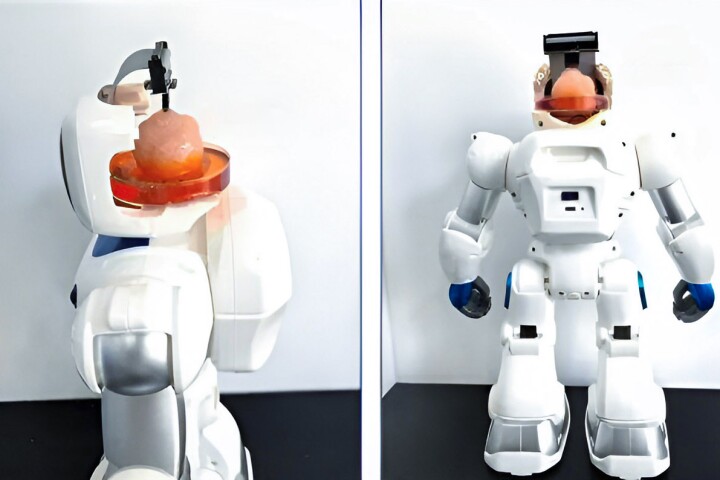 This breakthrough can effectively shield vulnerable members of the community from those who won’t get a measles shot. Depositphotos –
This breakthrough can effectively shield vulnerable members of the community from those who won’t get a measles shot. Depositphotos –
Measles was declared eliminated from the US in 2000 because of vaccination. Now, it’s back – in a big way. According to the Centers for Disease Control and Prevention (CDC), as of 2024 Jun 27, 159 measles cases had been reported across 23 states. Of those cases, 84% were in unvaccinated people or people whose vaccination status was ‘unknown’; 11% had received one vaccination dose, and 5% of cases had had two. Almost half (46%) of cases were in children under five.
The US is not facing this resurgence alone. Globally, measles cases were up 79% in 2023 from the previous year. Why? The only reason measles cases are rising is that vaccination rates are decreasing, jeopardizing herd immunity. While it can be partly attributed to the disruption caused by the COVID-19 pandemic, the reality is that the pandemic only exacerbated the decline already being seen because of the anti-vaccination movement.
Now, a team of researchers led by Columbia University and La Jolla Institute for Immunology has identified a new way of tackling the global measles resurgence. Their method doesn’t rely on using a live virus and can protect those who are particularly at risk of contracting the disease – and passing it on.
“Misinformation about the vaccine has led to undervaccination in many areas of the world,” said Matteo Porotto, professor of viral molecular pathogenesis at Columbia and the study’s co-corresponding author. “With a growing number of immunocompromised people who cannot be vaccinated with a live virus, measles has more opportunities to spread.”

One of the world’s most contagious viruses, the CDC advises that if one person has measles, up to nine out of 10 people nearby will become infected if they’re not protected. The best protection is the measles, mumps, and rubella (MMR) vaccine, which provides long-lasting protection. One dose of the vaccine is about 93% effective at preventing measles; two doses are about 97% effective. The Pan American Health Organization (PAHO) states that coverage with the first MMR vaccine dose was above 90% in the US for years until it dropped to 87% in 2019 and dropped again to 85% in 2022. To prevent measles outbreaks, coverage should ideally be above 95%.
Measles is also not a harmless rash and fever that clears up in a few days; it can cause serious and life-threatening complications, including blindness, pneumonia, and brain inflammation. Unvaccinated young children, pregnant people, and people with weakened immune systems are particularly at risk. Immunocompromised people can’t take the current vaccine, which contains a live, weakened version of the measles virus, because they might end up catching measles. They’re in a catch-22 situation: being immunocompromised increases the risk of catching measles, but they can’t take the vaccine because of a compromised immune system.

–
To address this and the greater problem of the measles resurgence, the researchers looked at alternatives to using a live virus. The measles virus relies on two types of proteins it carries on its membrane: hemagglutinin, which helps it attach to a cell, and the fusion protein, which causes it to fuse with the cell to cause infection. While the current vaccine mainly causes the body to generate antibodies against hemagglutinin, the researchers focused on the other important viral subunit, creating an antibody that targeted the fusion protein and stopped it from merging with the cell membrane.
During their study, the researchers examined ways of treating the often-fatal measles complication encephalitis, or brain inflammation. They noticed that the condition was characterized by mutated forms of the measles virus with modified fusion proteins. Using cryo-electron microscopy (cryo-EM), the researchers obtained a series of snapshots of their antibody interacting with the virus.
“We discovered that our antibody binds the pre-fusion state of the protein, but it doesn’t completely prevent the protein from working,” said Porotto.
–
After the antibody attached itself to the protein, the protein transformed into an intermediate state and started fusing the virus to the cell membrane. But the process wasn’t completed, meaning that infection was prevented. The researchers say this intermediate-state mechanism of action makes the antibody highly effective, and a better understanding of it paves the way for new vaccines and antiviral drugs. Since subunit vaccines don’t contain the whole virus, they’re safe for immunocompromised people.
The researchers are now testing the efficacy and safety of a novel set of stabilized measles fusion proteins as a subunit vaccine for immunocompromised people and people who’ve been vaccinated but whose immunity has waned.
The study was published in the journal Science.
Source: Columbia University Irving Medical Center View gallery – 3 images
–
























